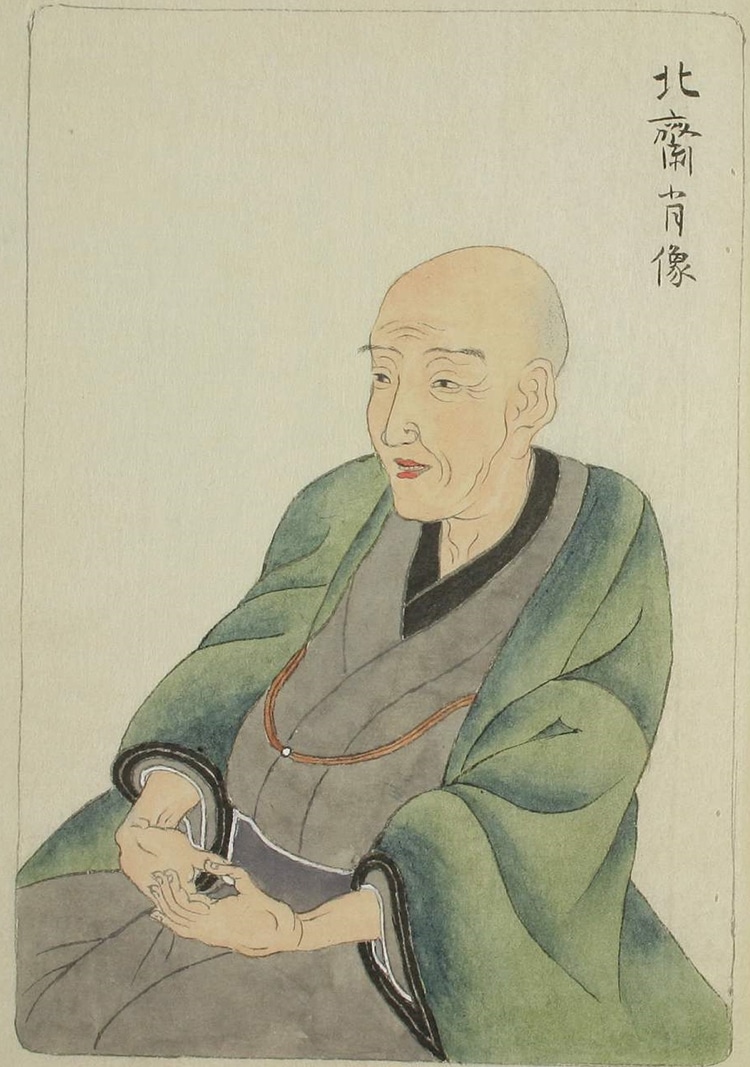The Great Wave - HOKUSAI
In 1639 Japan closed its borders and cut itself off from the outside world. Foreigners were expelled, Western culture was forbidden, and Entering or leaving Japan was punishable by Death. It would remain that way for over 200 years.
It was under these circumstances that a quintessentially Japanese art developed. Art for the people that was consumed on an unprecedented scale.

Hokusai (born October 1760, Edo [now Tokyo], Japan—died May 10, 1849, Edo) was a Japanese master artist and printmaker of the ukiyo-e (“pictures of the floating world”) school. His early works represent the full spectrum of ukiyo-e art, including single-sheet prints of landscapes and actors, hand paintings, and surimono (“printed things”), such as greetings and announcements. Later he concentrated on the classical themes of the samurai and Chinese subjects. His famous print series “Thirty-six Views of Mount Fuji,” published between 1826 and 1833, marked the summit in the history of the Japanese landscape print
